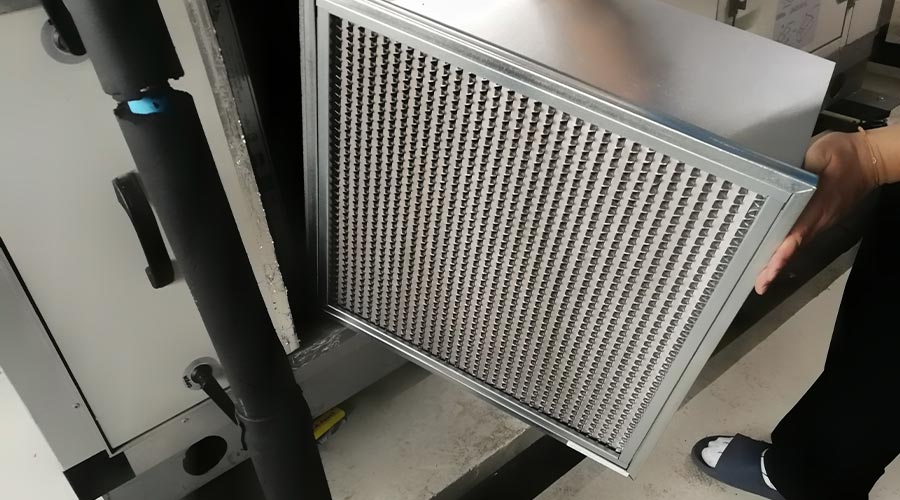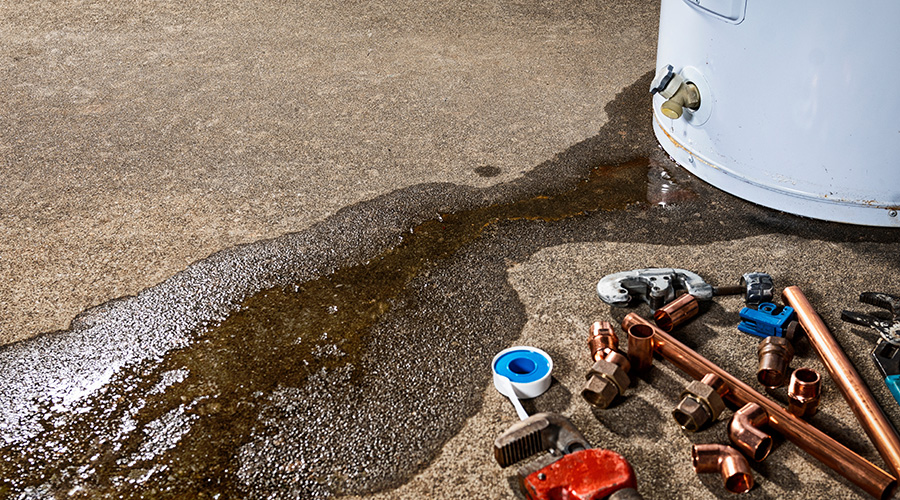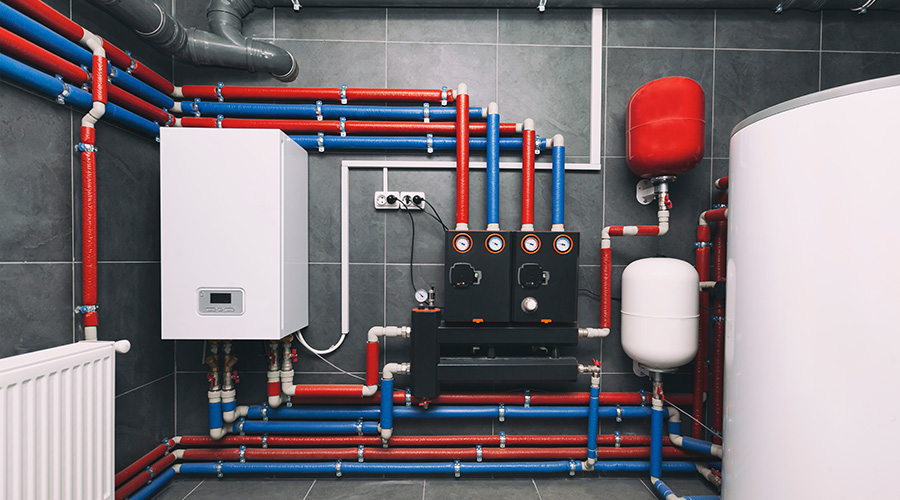Annual Oil, Refrigerant Tests Important to Maintain Chiller Efficiency
Regularly scheduled inspections are another important element in any maintenance program. Some inspection activities are routine, requiring only a few minutes to complete, and do not interfere with the chiller's operation. Other activities require technicians to shut down and partially disassemble the chiller. Both types are critical to the chiller's performance and efficiency.
The individual activities and the frequency with which technicians perform them will vary with the type of chiller, the number of hours it operates annually, and the conditions under which it operates. It is important for technicians to test and analyze the chiller's oil and refrigerant annually. Testing identifies the level of buildup of contaminants, including moisture, acids, and metals.
All of these materials interfere with a chiller's efficient operation. Moisture reduces operating efficiency and chiller capacity. Acids attack metal components, shortening system life. Suspended metal can precipitate out of suspension onto heat-transfer surfaces, reducing their efficiency.
Monitoring the operation of a chiller's purge unit also is an effective tool in helping chillers operate more efficiently. Small leaks in the chiller system allow air and moisture to enter the unit and become trapped in the system, resulting in increased condensing pressures and reduced efficiencies.
Purge units are designed to remove moisture and other unwanted gases from the system without causing refrigerant loss. Most chillers today come with high-efficiency purge units that are effective at removing these contaminants. By monitoring the run time of a purge unit, managers can determine the seriousness of the leak and whether the situation requires additional investigation.
As a chiller ages, the failure rate of its tubes tends to increase, with vibrations and erosion the two main culprits. Steel plates support chiller tubes internally. As refrigerant flows through the tubes, it induces vibrations in the tubes. As the tubes vibrate against these steel supports, they become worn. With enough wear, they can fail.
Eddy-current testing is a non-destructive process that induces an electrical current in chiller tubes. As the test unit passes over changes in a tube's thickness or accumulation of deposits, the induced voltage changes. By tracking these changes, technicians can identify problems developing in the chiller's tubes before actual failure occurs.
Related Topics:














